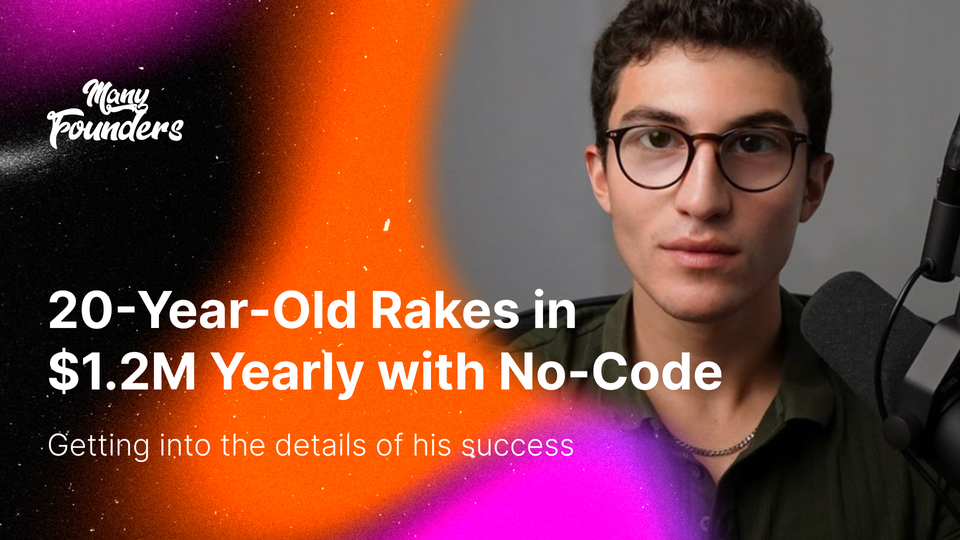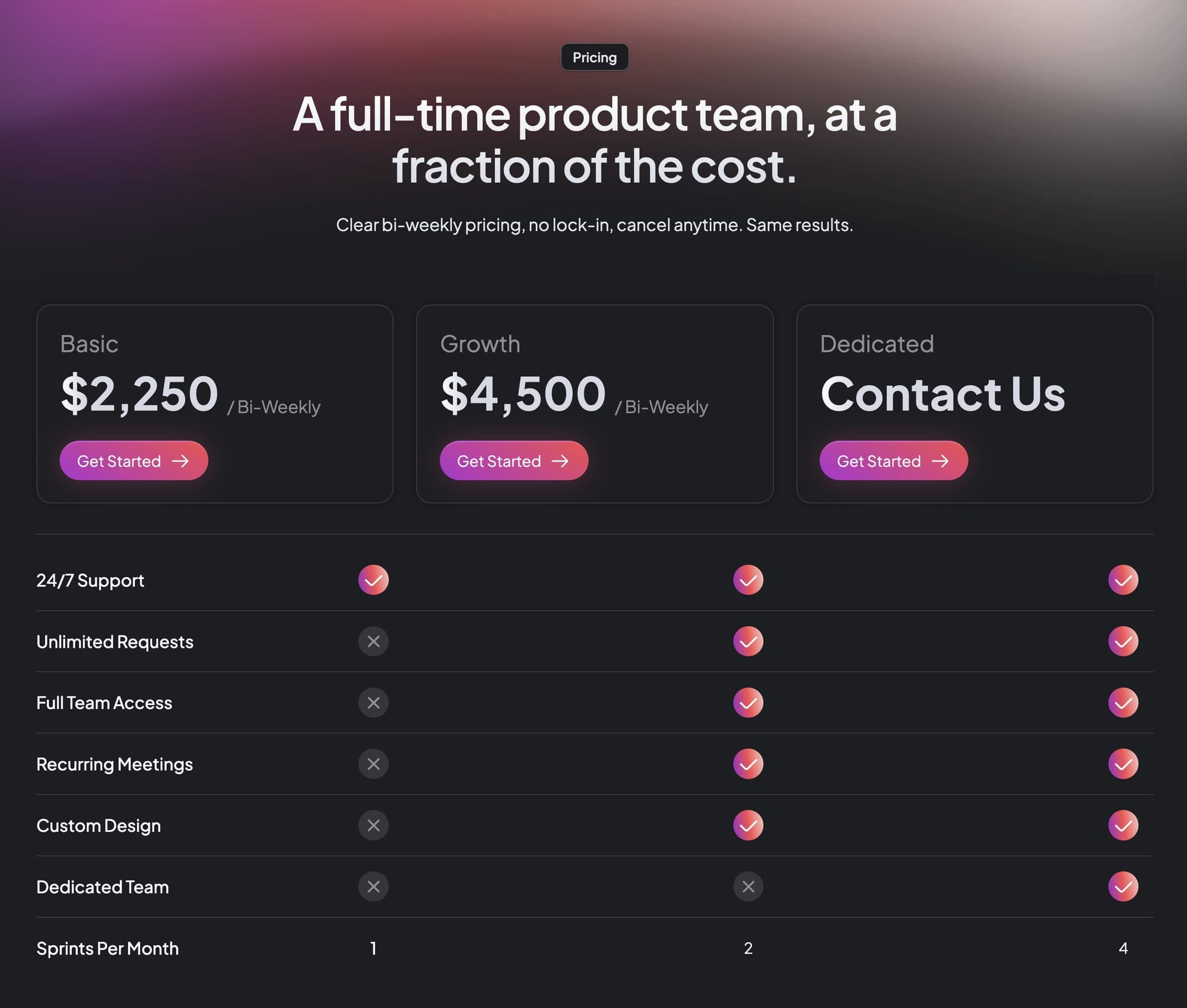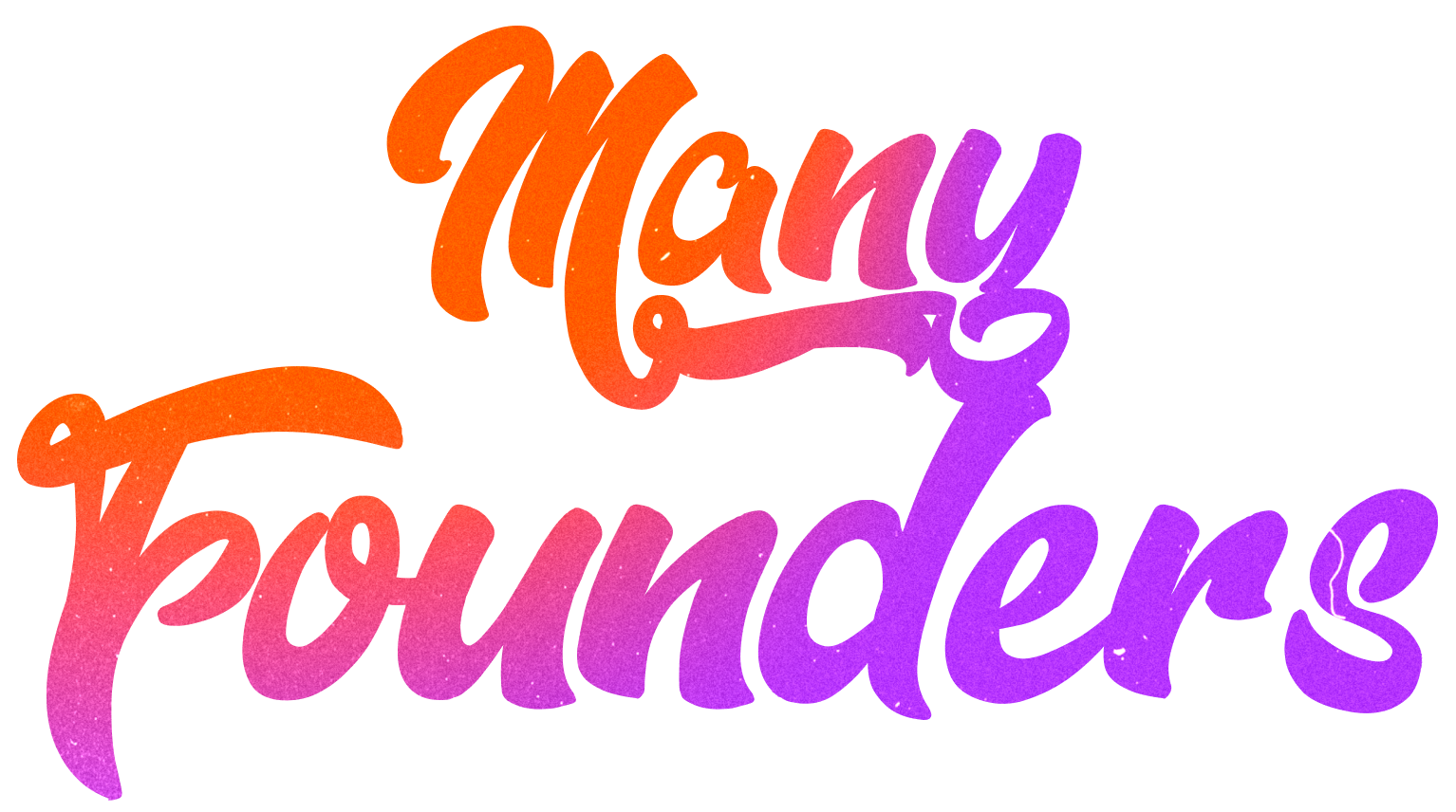He's Only 20 and Making $1,200,000 a Year with No-Code

Meet Jacob Klug. He started his first business in 6th grade, and by 10th grade, at just 17, he founded Creme Digital, an agency that creates products based on no-code.
Among his clients are top YouTube creators and Fortune 500 companies, bringing Jacob over $1,200,000 in revenue per year. Cool, isn't it? Today, we'll figure out how he did it! Let's go!
Business from the Back of the Classroom
Very early on, Jacob realized that school education wasn't of any practical use to him. He always wanted to do business. And, unlike many sixth-graders, he didn't wait.
Even then, he tried creating startups: a service that sends a message to parents when their child arrives at school in the morning; a marketplace for selling things among schoolchildren; a service for renting out spaces for events.
By age 17 and 10th grade, he had tried affiliate marketing, dropshipping, e-commerce, and social media marketing. He settled on the latter and began creating content with a partner, another 17-year-old entrepreneur, for realtors and real estate agencies in Toronto. But... COVID happened.
As Jacob himself says, it was a great opportunity not to go to school, study online for only a couple of hours a day, and devote all the rest of the time to his projects.
It was then, at the height of the pandemic, that a local Taekwondo school approached the business partners and asked them to develop a platform for online classes. The guys took on the project and, while working on it, became acquainted with Bubble , a no-code platform with which they implemented the product in just 2 weeks. And neither of the partners was a developer or programmer.
We've been hard at work...
— Jacob Klug (@Jacobsklug) January 8, 2024
Powered by #NoCode pic.twitter.com/fIS30Ua5YI
Creme Digital showreel
Why No-Code?
"The benefits of no-code speak for themselves," is exactly how Jacob talks about no-code.
Platforms like Bubble offer a kind of ticket for no-tech founders and specialists in the IT world.
Essentially, these are constructors where fairly complex and functional technological products can be quickly created from ready-made elements and simple one-click integrations.
In the past, the venture model has been largely limited to businesses that can afford to invest in expensive technology. But with no-code, that's no longer the case.
Another obvious advantage of no-code over standard development is speed. Assembling from ready-made blocks and pre-configured integrations can be up to 10 times faster than writing code from scratch.

This leads to a third advantage — cost. After all, if you don't need many hours of work from expensive developers, the project costs much less. This allows founders to create MVPs and test hypotheses without making investments or hiring a large team of developers.
In general, the advantages of no-code are obvious.
How Creme Digital Grew and Attracted Clients
Now we've reached the most interesting part. How did a guy studying in 10th grade manage to attract clients to his "business from the back of the classroom"?
"Everything I've been able to achieve, everyone I've been able to meet with, and every opportunity that has been given to me is because I reached out cold" - Jacob himself wrote in his notes
1 - Cold Emails (Outreach)
Yes, cold emails followed by sales calls became the primary client acquisition channel in the beginning. After all, when you have a significant advantage in price and speed that no-code offers compared to traditional development, it's easier to capture the client's attention and interest them.
In the cold sales process, Jacob used apollo.io, where he created email sequences. Based on his experience, he advises beginner founders to start with a narrow geographic focus, a specific city they know and can conduct meetings in, as well as choosing a few niches they understand. That's exactly how he started himself.
An interesting fact is that for the first two years of Creme Digital's operations, Jacob didn't turn on his camera during sales calls, understanding that no one would want to buy complex development from a 17-year-old schoolboy. That's why the first employee he hired in 2021 was a sales director, and the calls became their responsibility.
2 - RFPs (Request for Proposals)
Request for Proposal platforms became another key growth driver for Creme Digital. Good examples of such platforms are Upwork and Fiverr. But Jacob was more targeted and attracted clients through RFP from Bubble.. It makes sense: to seek no-code development clients on the leading no-code platform ;)
Creme Digital quickly realized that response speed and personalization gave the best results in winning clients on RFPs. Jacob always responded first and let the client know that their request had been read and understood. This advantageously distinguished his offer from competitors' templated responses.
To always be first, the founders even wrote their own automation using Zapier.
What's great is that this way of acquiring clients doesn't require any spending. Just like cold emails, by the way.
3 - Content
It's content that Jacob is banking on in his plans to scale Creme Digital to $3,000,000 in 2024. And this work is already bearing fruit.
"Now I think that it's pretty clear that the engines behind TikTok and YouTube, if you can play them right, you can get unlimited distribution and unlimited eyeballs."
Jacob considers TikTok to be the primary channel for his content strategy. There, he is primarily aimed at forming a loyal and very specific audience — founders who are launching or planning to launch SaaS products.
Just started on YT. Super raw content as I build. pic.twitter.com/aroSnKZdmd
— Jacob Klug (@Jacobsklug) February 12, 2024
Not just TikTok. Jacob have started on YouTube also
The approach to content is to talk about his passion and area of interest — no-code. Many of those who watch Jacob's videos hear about no-code from him for the first time, which builds trust.
People want to share the story of such a young and successful entrepreneur, creating a word-of-mouth effect. This way, not only viewers and subscribers learn about Jacob, but also their friends.
Another advantage of TikTok, according to Jacob, is the ease of content creation. Vertical videos don't take much of his time and don't require a special studio, preparation, and the like.
4 - State of Mind
What I'll mention in the final point is not a way of attracting clients per se. But founders rarely take this state of mind into account. At the same time, Jacob says that it was this approach that helped Creme Digital get clients from the Fortune 500 list.
Companies are, first and foremost, people. It's people who make decisions, and all the work happens with people. By delivering a quality product for a small company, you interact with a specific manager. Over time, they will outgrow the company and likely move to a job, say, at a Fortune 500 company. And they will remember you, says Jacob, and if you did a quality job the first time, they will turn to you again.
Simple? Yes! Effective? More than.
Scaling Plans
In addition to the aforementioned plan to grow to $3,000,000 in 2024, Jacob plans to transform the company into a no-code venture studio. This means that Creme Digital plans to create its own products and push them as startups.
"Our goal is to completely remove the stigma associated with no-code products and create products that aren't just world-class by no-code standards but by all software standards."
As for Creme Digital's current activities, they are focusing their plans on three things:
1 - Create a lot of content, mainly for Twitter and TikTok.
2 - Create a no-code community of like-minded people.
3 - Partner with creators who already have a good audience
@jacob.klug Software development is changing. #softwaredevelopment #startup
♬ original sound - Jacob Klug
One of the most popular Jacob's video on TikTok
Well, that sounds like a great plan! Let's observe the development.
Conclusion
Jacob's story proves that a clear goal and a large number of attempts (remember how many directions he tried before creating a no-code agency) will inevitably lead you to results. And school age is not an obstacle to starting an entrepreneurial journey.
Here's what I think became the key factors in Jacob's success:
1 - A clear goal: to become an entrepreneur and build a company
2 - Early start: I think you, like me, know few entrepreneurs who started in 6th grade and were already trying to raise their first investments at 15
3 - Choosing a new and rapidly developing no-code direction, which already provides a strong competitive advantage in the market.
4 - The courage to try different directions, different marketing channels, and not stop
I hope you found it interesting to read to the end. Write in the comments what you particularly liked, and let's discuss. Stay in touch!

Member discussion